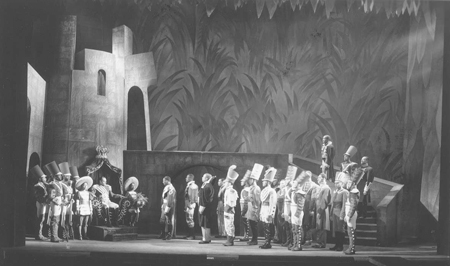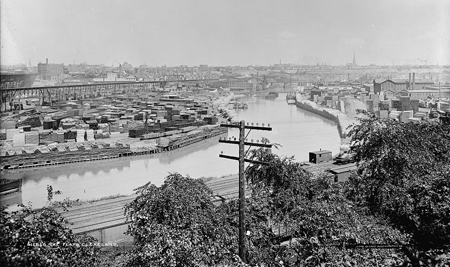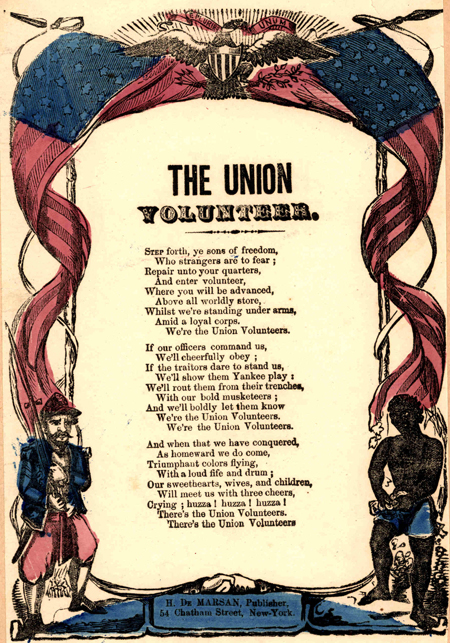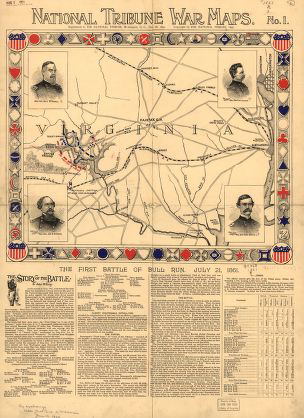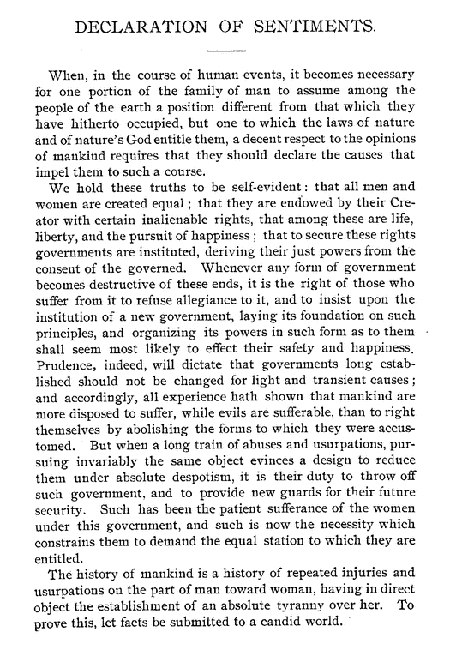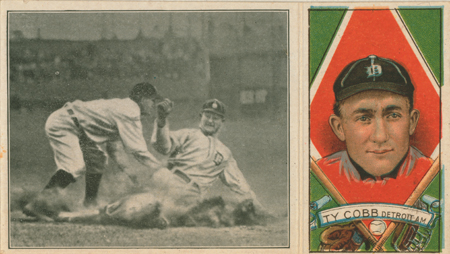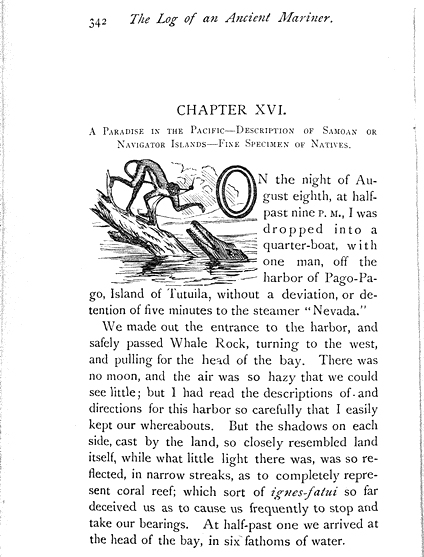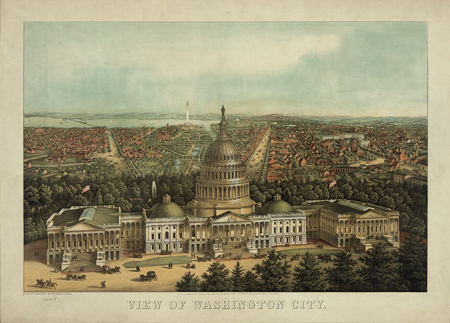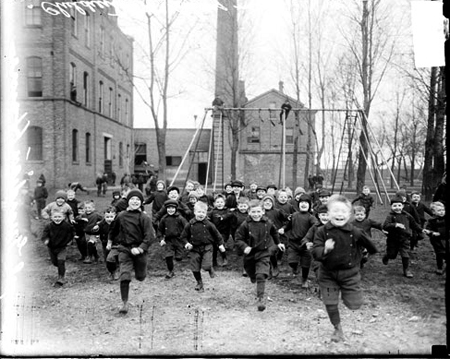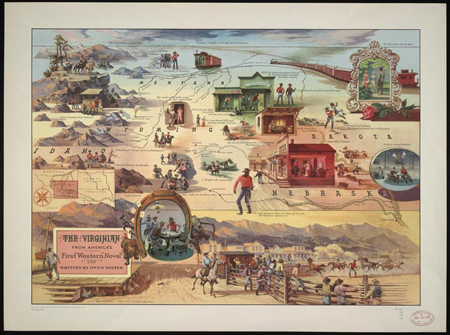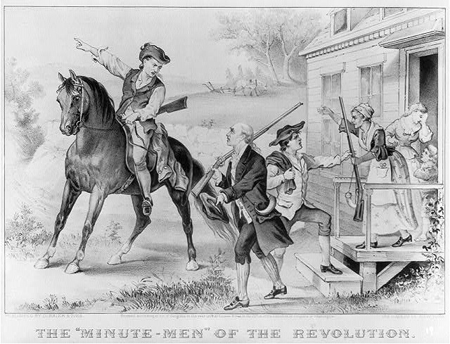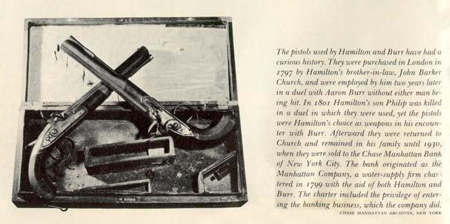Today in History: Orson Welles’ First Macbeth
Today in History–July 25–the Library of Congress features Macbeth, “The Play That Electrified Harlem“. The closing night performance of Macbeth, produced by John Houseman and directed by Orson Welles for the Federal Theatre Project (FTP) of the Works Progress Administration (WPA), was staged on July 25, 1936 and featured an all African-American cast. Find out more about this production by visiting the Today in History section, then follow the…

